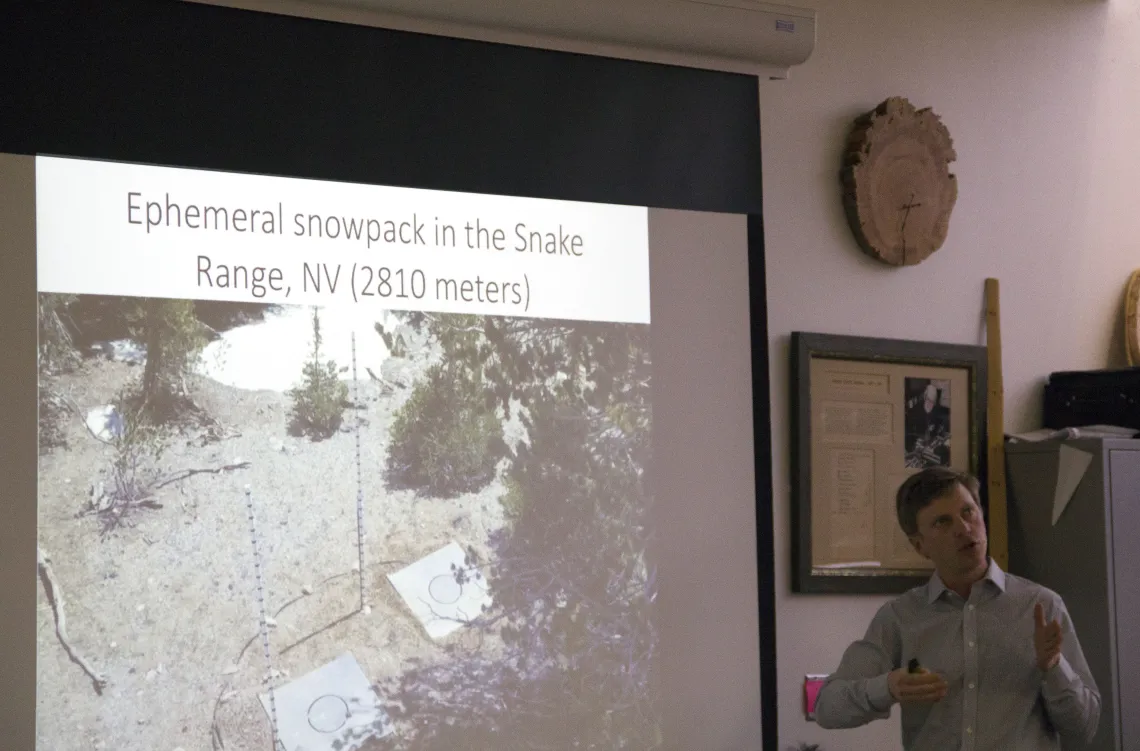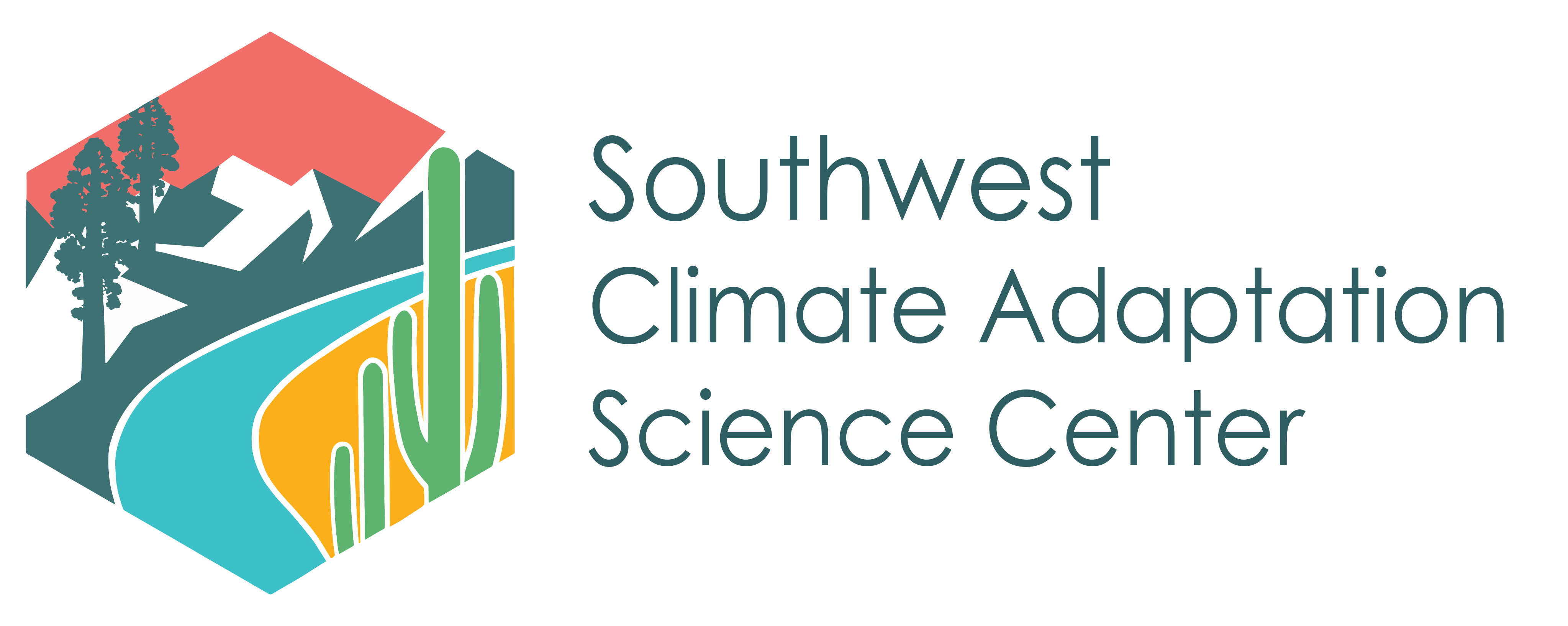Changing Snowmelt Patterns in the Southwest U.S.

Scientists need to work together to improve and create tools to more accurately predict snowpack regimes on multiple scales in the Southwest U.S. This is one of many conclusions that Dr. Adrian Harpold, a SW CASC investigator, presented on January 23rd, 2019 when he visited the Laboratory of Tree-Ring Research at the University of Arizona. Dr. Harpold is an ecohydrologist at the University of Nevada, Reno, and his talk was entitled “Managing forests with less snow: Combining high-resolution observations and modeling to better predict forest hydrology under change.” Dr. Harpold’s research focuses on the causes of snow drought, and evaluating and improving models for predicting snow drought. In his talk, Dr. Harpold explained the importance of understanding how snowpack may be affected by climate change because it replenishes ground water resources. This water is then used for municipal and agricultural purposes and is necessary to maintain forest structure and other ecological processes. Since snowpack is affected by temperature, humidity, and the amount and timing of precipitation, changes in snowpack are highly variable, based on the climate of the region. Regions such as Arizona and Southern California, which are less humid than areas like the Pacific Northwest, are likely to experience earlier but slower snow melts. Alternatively, areas that are humid and maritime are expected to experience incidents of increased melting rates, known as “winter melt pulses”. As snowmelt regimes change in the future it will be increasingly important to understand what those changes mean for water availability in forest systems. You can learn more about Dr. Harpold’s work here. You can also follow him on twitter: @NV_Mtn_Ecohydro

